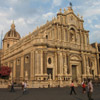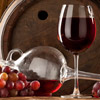The town’s origins
From the ancient Mylai to the current Castelmola
The name “Castelmola” comes from the shape of great rock on which the town rises, “grinder-shaped”, on a cape overlooking the beautiful Taormina.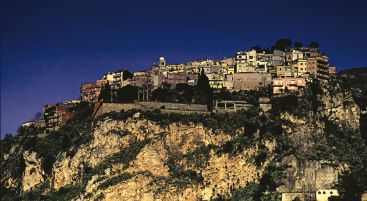
This elevate position made it become Taormina’s acropolis, indeed you had to conquer Castelmola’s stronghold before conquering Tauromenium. The first people who settled here was the one of the Sicilians, who called the place Mylai during the Iron Age. Mylai was besieged several times by the tyrant of Syracuse, Dionysius, who managed to conquer it in 392 b. C.
After the Greek period the town was dominated by Andronicus, who fulfilled the first facilities as the built-up area and the tanks, and was then conquered by other tyrants, before being conquered by the Roman Empire, the Byzantines and the Saracens.
The present “Saracens Gate” is the only monument which stands until the current period and which withstood the Saracens’ besiege.
To see
Churches and monuments to visit in Castelmola
- The Castle
- The Cathedral
- "S. Giorgio" Church
- "S. Biagio" Church
- "SS. Annunziata" Church
- "S. Antonio" Square
The Castle dates back to an unidentifiable period of construction.
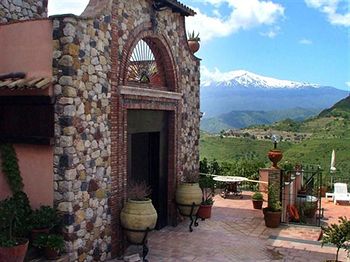
A certain reference is the Greek-Byzatine inscription of the X century located on the marble gravestone of the Cathedral facade, referring to Constantine’s Empire: “This castle was built under Constantine, patrician and strategist of Sicily”. Another certain fact is the identification of the perimeter fence by Peter of Aragon, in 1334, which made the Castle of Mola a stronghold and, at the same time, a prison. Another important referring is the inscription on top of the arch at the entrance of the Castle: “Loyal to His Majesty Castle – year 1578”. The Castle is also the setting of an evocative performance of medieval hunting: the “Falconry”.
These performances are no more aimed to use the hawks for hunting purposes, like they used to do in the Middle Ages, but are now used to show the extraordinary acrobatics performances made by these impressive birds of prey in a breathtaking place, recalling the Middle Ages period.
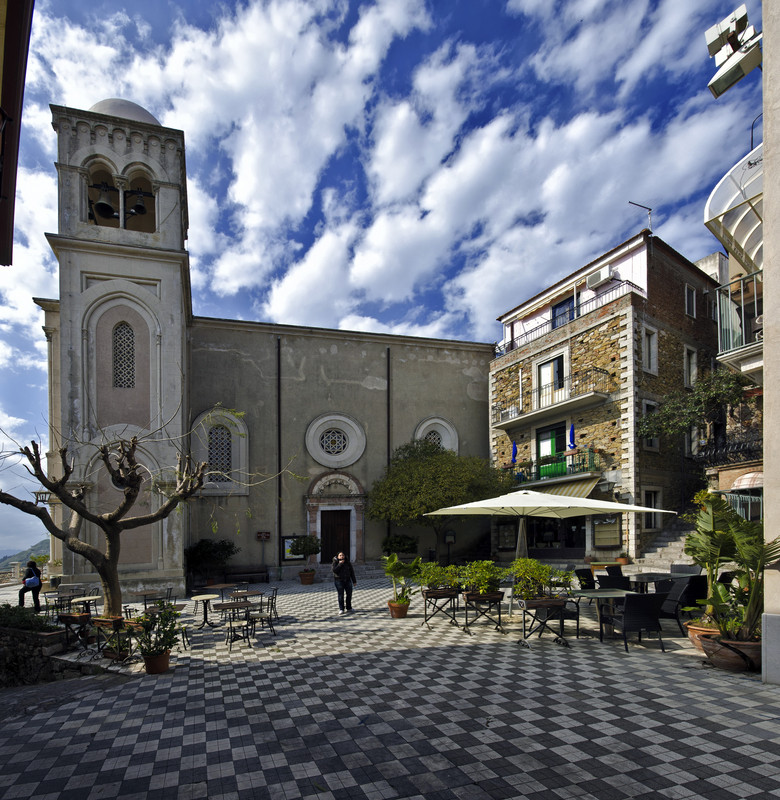 The Cathedral dates back to the XVI century but it was recently rebuilt on the ruins of a pre-existing cathedral in the mid-1930’s. The Mother Church is dedicated to San Nicola of Bari and it has different architectural styles: Gothic, Roman, Arabic and Norman. San Antonio square overlooks on a Belvedere where you can admire a wonderful landscape of the Ionic coast, suspended between Naxos bay and the grandeur of Etna volcano.
The Cathedral dates back to the XVI century but it was recently rebuilt on the ruins of a pre-existing cathedral in the mid-1930’s. The Mother Church is dedicated to San Nicola of Bari and it has different architectural styles: Gothic, Roman, Arabic and Norman. San Antonio square overlooks on a Belvedere where you can admire a wonderful landscape of the Ionic coast, suspended between Naxos bay and the grandeur of Etna volcano.
"S. Giorgio" Church was built around 1450 and it has a simple and essential architectural style. The most important part is the bell tower, a small tower with 4 pyramidal-angle pinnacles. In this church there is a marble floor, a big pipe organ, the statues of St. George, San Biagio, Holy Mother and Dying Jesus and catacombs, reachable through a small ladder dug into the rock until the crypt.
"San Biagio" Church rises on a rock and it was the first one to be built in Castelmola. From its main square you can admire a beautiful landscape of Taormina, Etna volcano and Naxos bay.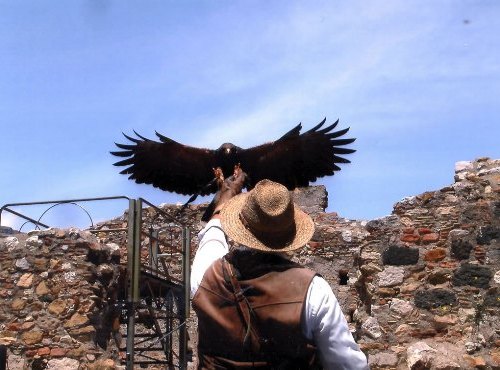
"SS Annunziata" Church is located just outside the town, near the cemetery. It was built in 1100 on Roger the Norman’s order to thank Holy Mother for the victory against Saracens. You can visit the church only during the first half of August, when they celebrate the Assumption of the Virgin Mary to the sky.
"San Antonio" Square has a typical black and white mosaics floor, a particular effect made with lava stones which enriches the beautiful landscape of Taormina from the Belvedere. There is also San Antonio Church and a rock arch over a stairway, which delimits the entrance to the village.
Events in Castelmola
The most important performances of the medieval town
Nowadays Castelmola has been classified among the most beautiful villages of Italy and it still preserves some traditions linked to the cult of the Saints, to agriculture and the production of typical food. One of the main activities is tourism, together to some seasonal feasts during the grape harvest and treading and the Falconry, which occurs in the Castle.
Among the typical products of the town, one of the most known are: the almond wine, the homemade bread dressed with olive oil locally produced, honey, “Cuddure” (traditional Easter sweets made with eggs, circular shaped and with a hole in the middle), sweetened almonds and dried figs with nuts.
The most important traditional product is the almond wine, made with bitter almonds, Zibibbo (another typical Sicilian liqueur), herbs, caramel and other essences infused with alcohol and wine. Its invention dates back to the early 20th century and is due to hospitality and generosity of the owner of San Giorgio coffee bar, “Don Vincenzo Blandano”, who offered it to tourists visiting the town of Castelmola. He called his wine “Blandanino” (little Blandano) and turned the traditional production into an industrial output of his invention.
Here are some events occurring in this medieval town during all the year:
- “Primavera nel Borgo” (springtime in the village), to celebrate the arrival of springtime season and the protector Saint, Saint George, on 23rd April;
- some performances of local and international folk bands in acting performances, cabaret and music during all the summer season;
- “Tarantafest”, an itinerant festival of Sicilian and Southern Italy music and culture, during August;
- Typical cribs made with poor materials like matches, pasta, bottles, bread dough and others during Christmas period, together with tasting of local products such as wine, bread, honey and other Sicilian delicacies.




